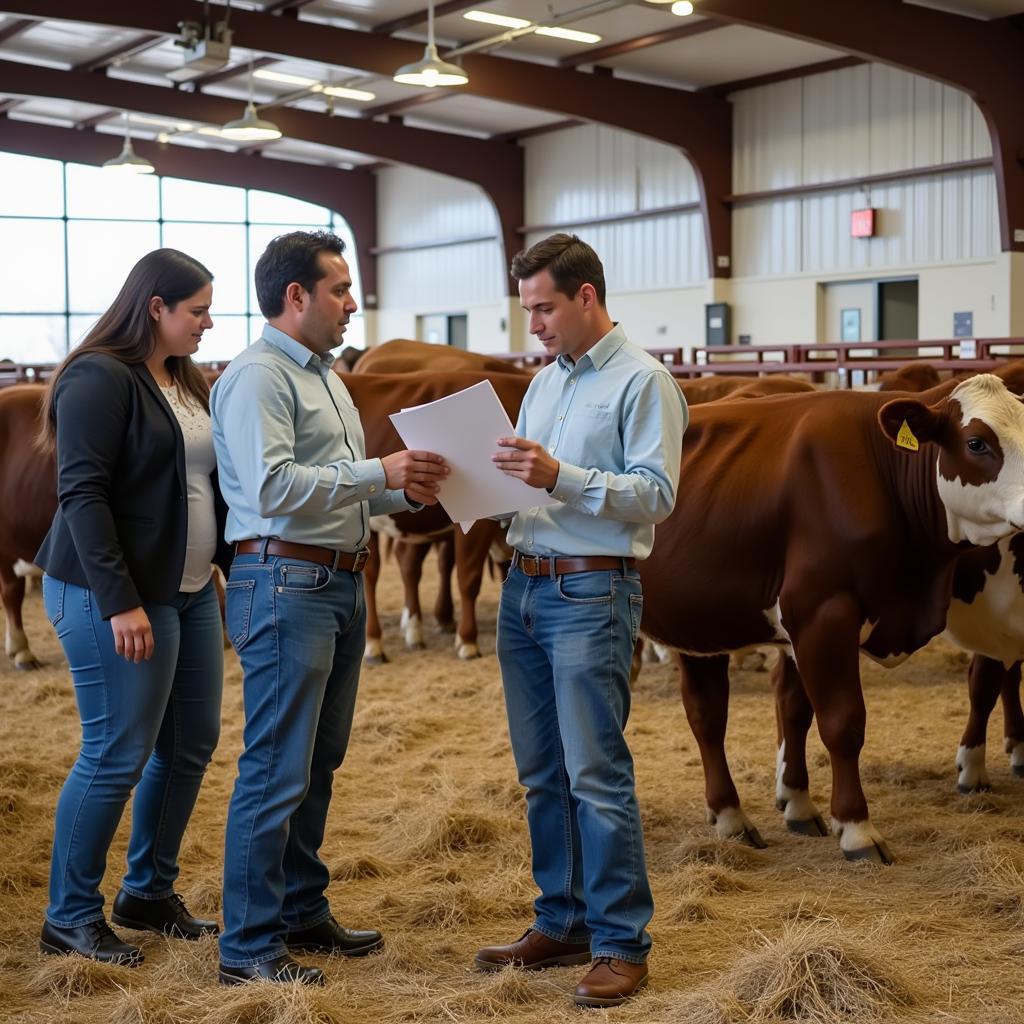The Meat Animal Research Center (MARC) has been the subject of both curiosity and controversy. This article delves into the facility’s purpose, research activities, and the ethical considerations that arise from its work, offering a balanced perspective on this often-misunderstood institution. We’ll explore the science behind MARC’s research and its implications for the future of food and agriculture.
What is the Meat Animal Research Center (MARC)?
The Meat Animal Research Center, located in Clay Center, Nebraska, is a prominent research facility operated by the United States Department of Agriculture’s Agricultural Research Service (ARS). Established in 1966, MARC focuses on improving the efficiency and sustainability of livestock production. Its research encompasses various areas, including genetics, nutrition, reproduction, and animal health. The center aims to develop strategies for enhancing meat quality, increasing animal productivity, and reducing the environmental impact of livestock farming.
The Foundation for Food and Agricultural Research plays a crucial role in supporting innovative research initiatives like those conducted at MARC. These efforts contribute to a more sustainable and secure food supply.
This research extends to various aspects of animal husbandry, aiming to enhance the overall efficiency and sustainability of livestock production. For instance, scientists at MARC study the genetic basis of traits like growth rate and disease resistance in cattle, sheep, and swine.
 Cattle Research at MARC
Cattle Research at MARC
The Science Behind MARC’s Research
MARC utilizes cutting-edge technologies and scientific methodologies to conduct its research. This includes genomic selection, advanced reproductive techniques, and precision feeding strategies. By employing these approaches, scientists at MARC strive to identify and optimize genetic markers associated with desirable traits, develop more effective breeding programs, and improve animal health and welfare. Furthermore, the center’s research explores innovative approaches to animal nutrition, seeking to enhance feed efficiency and minimize environmental impact.
Research at MARC also plays a significant role in understanding and combating prion diseases, contributing to the overall health and safety of livestock populations.
Ethical Considerations and Public Perception
The nature of research conducted at MARC has, at times, sparked ethical debates and public scrutiny. Concerns related to animal welfare are frequently raised, prompting discussions about the balance between scientific advancement and the ethical treatment of animals. MARC adheres to strict animal care protocols and regulations to ensure the humane treatment of all animals involved in research. The facility is regularly inspected to ensure compliance with these standards.
“Transparency in research practices and open communication with the public are essential for building trust and addressing ethical concerns,” states Dr. Emily Carter, a leading animal welfare specialist. “MARC’s commitment to these principles is crucial for fostering a constructive dialogue.”
What are the Long-Term Goals of MARC?
MARC’s ultimate goal is to contribute to a more sustainable and secure global food supply. By improving the efficiency and sustainability of livestock production, the center aims to address the growing demand for animal protein while minimizing the environmental footprint of agriculture.
“The research conducted at MARC has the potential to revolutionize livestock farming,” explains Dr. David Miller, a renowned agricultural scientist. “By developing innovative solutions for enhancing animal productivity and reducing environmental impact, MARC is paving the way for a more sustainable future.”
Conclusion
The Meat Animal Research Center plays a vital role in advancing livestock research and contributing to the future of food production. While ethical considerations surrounding animal research are important and warrant ongoing discussion, MARC’s commitment to scientific rigor, animal welfare, and transparency is essential for addressing these concerns and fostering a productive dialogue with the public. The center’s continued research efforts hold significant promise for improving the efficiency, sustainability, and ethical practices within the livestock industry.
FAQ
- What types of animals are studied at MARC? Primarily cattle, sheep, and swine.
- Where is MARC located? Clay Center, Nebraska.
- Who operates MARC? The USDA’s Agricultural Research Service (ARS).
- What is the main focus of MARC’s research? Improving the efficiency and sustainability of livestock production.
- Does MARC adhere to animal welfare regulations? Yes, MARC follows strict animal care protocols and is regularly inspected.
- How does MARC contribute to food security? By developing strategies to increase livestock productivity and reduce the environmental impact of animal agriculture.
- How can I learn more about MARC’s research? Visit the USDA ARS website for more information.
Contact Us
For assistance, please contact us: Phone: 0904826292, Email: research@gmail.com or visit us at No. 31, Alley 142/7, P. Phú Viên, Bồ Đề, Long Biên, Hà Nội, Việt Nam. We have a 24/7 customer service team.